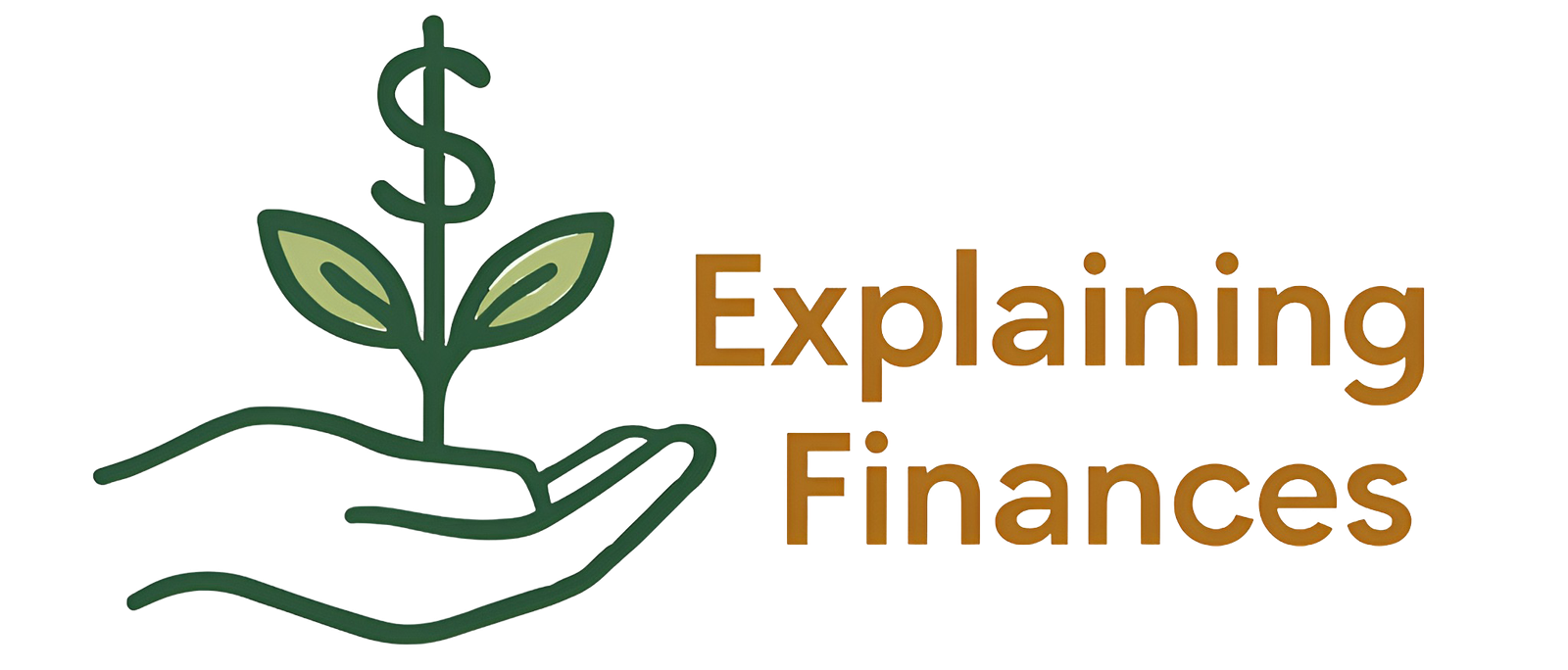Purpose of This Content
Understanding the fundamental difference between saving and investing is essential for financial well-being. Our goal is to demystify these concepts in a clear and accessible way, showing how each works and why both are crucial to achieving your financial goals. By grasping the distinction between saving and investing, you’ll be better equipped to make smart financial decisions and build a more prosperous future.
Table of Contents

Why It’s Important to Differentiate Between Saving and Investing
Saving and investing are often used interchangeably, but they represent distinct financial strategies. Understanding this difference is critical to optimizing your resources and achieving your financial goals.
Saving focuses on setting aside a portion of your income, usually for short- to medium-term goals such as purchasing a consumer good, making a down payment on a home, or building an emergency fund. The primary characteristics of saving are security and liquidity, meaning you can access your funds when needed. However, the trade-off is typically a modest financial return, which may not keep up with inflation.
Investing, on the other hand, involves allocating your saved money into different asset classes to grow your wealth over the medium to long term. Investments vary in terms of risk and return, depending on the chosen asset type.
The core goal of investing is to make your money work for you by seeking returns that outpace inflation and expand your capital over time.
Comparative Table: Saving vs. Investing
| Feature | Saving | Investing |
| Objective | Short-/medium-term goals, security, emergency fund | Wealth growth over the medium/long term, beating inflation |
| Security | High, with minimal risk of nominal losses | Varies by investment; higher risk often means higher potential returns (and losses) |
| Liquidity | High, easy access to funds | Varies by investment; some have daily liquidity, others require longer commitment |
| Returns | Low, often below inflation, reducing purchasing power over time | Potentially higher, aiming to beat inflation and generate real gains, but subject to market fluctuations |
| Inflation Impact | Erodes purchasing power over time | Aims to outpace inflation, preserving and increasing wealth |
| Example | Keeping money in a savings account or checking account | Buying stocks, investing in government bonds, mutual funds, real estate |
A key differentiator between saving and investing is the impact of inflation. Inflation reduces your money’s purchasing power over time. If you only save without earning returns that outpace inflation, your money, while seemingly safe, actually loses real value. For example, if you have $1,000 today and inflation is 5%, you will need $1,050 next year to buy the same goods. If your savings earned less than 5%, your purchasing power has diminished.
Practical Examples of Saving and Investing
Saving:
- Anna wants to replace her laptop in a year. She estimates she’ll need $3,000. To reach this goal, she saves $250 per month in a checking account. Anna is saving for a short-term goal, prioritizing security and liquidity.
Investing:
- Charles has already built an emergency fund and aims for a comfortable retirement. He decides to invest in a bond index fund, seeking higher returns than a traditional savings account and protection against inflation. Charles is investing with a long-term focus, aiming to grow his wealth.
Risks of Not Understanding the Difference
Failing to differentiate between saving and investing can lead to serious financial setbacks:
- Financial stagnation: If you only save, inflation may erode your purchasing power, jeopardizing your long-term goals.
- Missed opportunities: Avoiding investments means missing out on potential wealth growth, especially in long-term, higher-yield assets.
- Difficulty in building wealth: Saving alone may not be enough to accumulate the capital needed for major financial milestones, such as homeownership or financial independence.
- Vulnerability to emergencies: Without an emergency fund properly structured to account for inflation, unexpected expenses may become harder to cover.
Conclusion
Saving and investing are complementary financial strategies, both essential for effective money management. Saving provides a foundation of financial security and short-term stability, while investing drives long-term growth, helping combat inflation’s effects. Simply put, saving ensures stability today, while investing secures a more prosperous future.
The Crucial Difference
The difference between saving and investing is key to making informed financial decisions. In simple terms, saving means setting aside part of your income in low-risk, highly liquid assets like savings accounts or Treasury bonds. Investing, however, involves putting money into assets with greater return potential—such as stocks, real estate, or index funds—while assuming a higher level of risk.
The ideal approach is a balanced combination of both, tailored to your financial goals, risk tolerance, and time horizon. Understanding your investor profile is essential—conservative investors will prioritize safer investments, while risk-tolerant investors may opt for more volatile assets in pursuit of higher returns.
Seeking financial education and professional guidance can be valuable in making the right choices.
FAQ – Frequently Asked Questions
- What is the key difference between saving and investing?
- In short, saving prioritizes security and liquidity for short-term goals, while investing aims for long-term wealth growth and inflation-beating returns.
- Is it wise to invest without an emergency fund?
- No. An emergency fund is a fundamental pillar of financial security.
- What is a good investment for beginners?
- It depends on risk tolerance. U.S. Treasury Bonds and high-yield savings accounts are conservative options.
- Is a savings account a good investment?
- It’s useful for an emergency fund due to liquidity, but for long-term goals, investments that outpace inflation are better.
- How can I start investing?
- Educate yourself, define your goals, open an account with a brokerage, and start with small amounts to gain experience.
- How much should I save monthly?
- A common guideline is 10% of your income, but it should be adjusted to fit your financial situation.
- What risks come with investing?
- Risks vary by asset type. Fixed-income investments are typically less risky than stocks.
- What is inflation and how does it affect me?
- Inflation is the rise in prices over time, reducing purchasing power. If your savings earn less than inflation, you lose real value.
- Why is it important to earn returns above inflation?
- To preserve and grow your purchasing power over time.
Stay tuned for more financial insights and check out our latest posts!
- Caixa Launches Fun Money Game on Roblox
- Easy Ways to Get Robux in Roblox
- Get Free Roblox Items This March
- How to Earn Free Robux Online
- 🍔 Why McDonald’s Became a “Luxury Meal”: The Real Reason Behind the Prices (And How to Beat Them in 2025)
